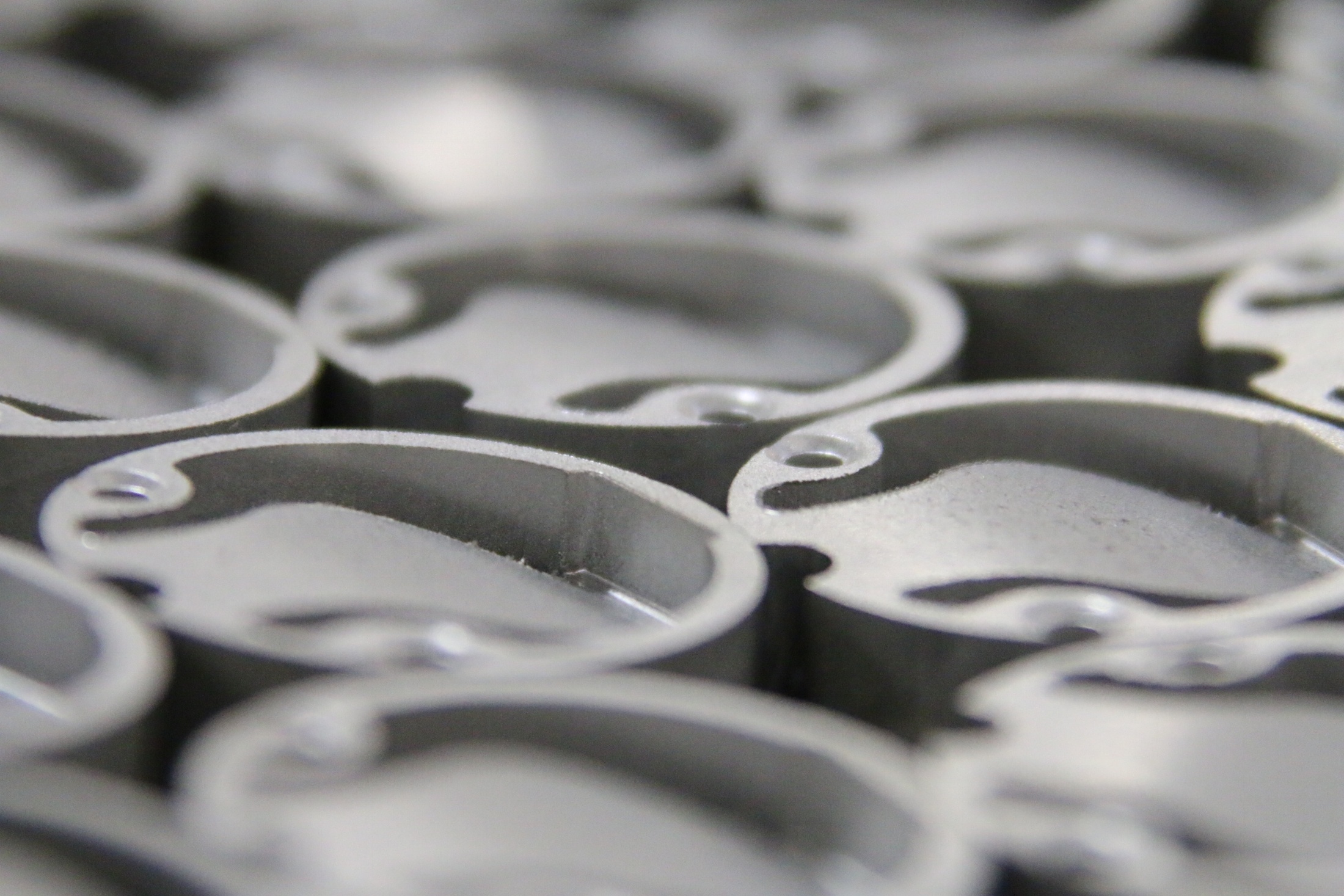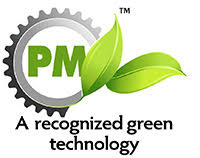Powdered metal gears are made through powder metallurgy. Powder metallurgy uses three steps: mixing metal powders, compacting them to their desired shape, and heating the compressed body under controlled conditions. Powdered metal gears are long-wearing and possess unique features, making them ideal for various industries, including the ability to transfer power, motion, speed, and directional speed between axes.
What Industries are Using Powder Metal Gears?
Powder metal gears are popular options for different industries, including:
- Agriculture
- Power transmission
- Fluid handling
- Marine
- Material handling
- Lawn and Garden
- Recreational
- Electromagnet
Powdered metal gears are widely used in these industries since they can be created repeatedly and uniformly, making them cost-effective to produce. They are also porous, reducing their weight and dampening sound to serve the unique needs of their different applications.
Powdered metal gears are manufactured through resin or oil impregnation, adding a self-lubricating feature that prolongs their life and improves efficiency.
Examples of Powdered Metal Gears
The three most common powdered metal gears are spur, helical, and bevel. Spur gears are cylindrical-shaped components with straight teeth used in applications that require the transfer of mechanical motion and control of torque, power, and speed. They are simple, cost-effective, durable gears that provide constant speed to drive various industrial applications.
Helical gears are cylindrical gears with slanted teeth. They have a larger contact ratio than spur gears and are best used in applications that require quietness and limited vibration. A pair of helical gears have similar helix angles but opposite helix hands.
Bevel gears are toothed rotating components used to transfer shaft power or mechanical energy between intersecting shafts. These shafts can either be perpendicular or at an angle. This results in a change in the rotational axis of the shaft power. These gears can also increase or decrease torque as they produce opposite effects on the angular speed.
Other common types of powdered metal gears include:
- Pinion
- Combination
- Spiral bevels
- Rack
Common Applications of Powder Metal Gears
Due to their durability and versatility, powder metal gears are commonly used in the following industries:
- Medical
- Automotive
- Appliance
- Power tools
- Outdoor power equipment
- Marine
- Lawn and garden equipment
What Alloys/Metals are Available for Powdered Metal Gears?
Most powdered metal gears are made from copper and iron alloys. Copper alloys include brass and bronze, while iron alloys include carbon steel, alloy steel, stainless steel, and cast iron.
Brass contains copper and zinc. Manufacturers can vary the amount of zinc to change the alloy's ductility.
Bronze can either be phosphorus or aluminum-based. They have higher strength, resistance to corrosion, and high wear resistance.
Carbon steel is highly machinable, has good wear resistance, and is easy to harden. It is also widely available, making them quite affordable.
Stainless steel alloys have manganese, nitrogen, sulfur, and silicon traces. Different types of stainless steel offer different levels of wear and corrosion resistance.





